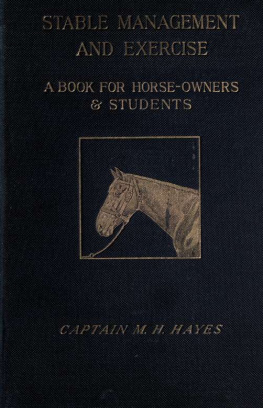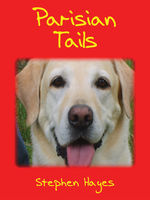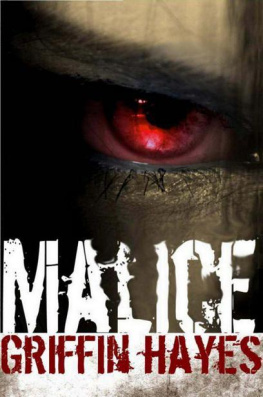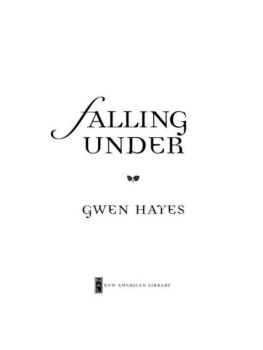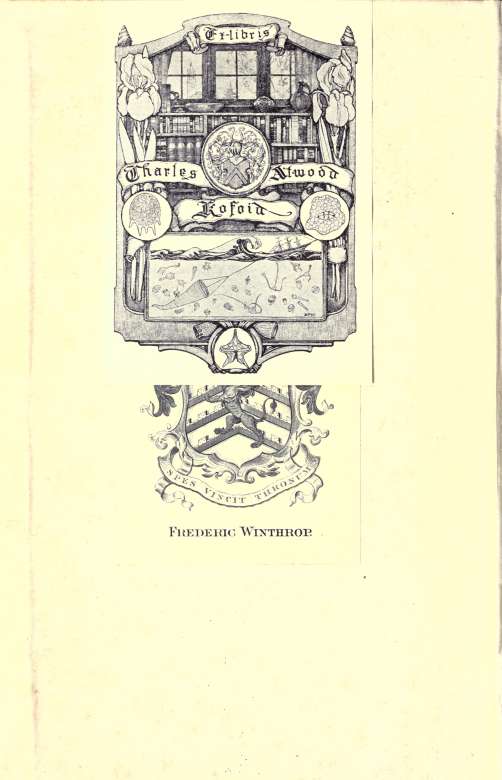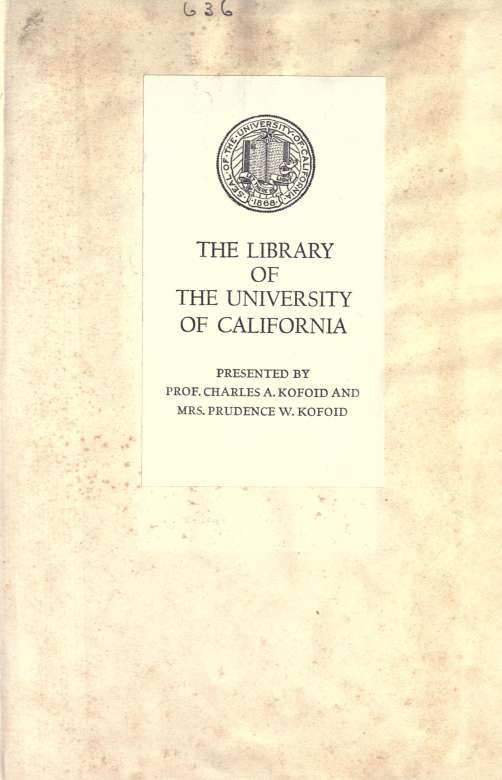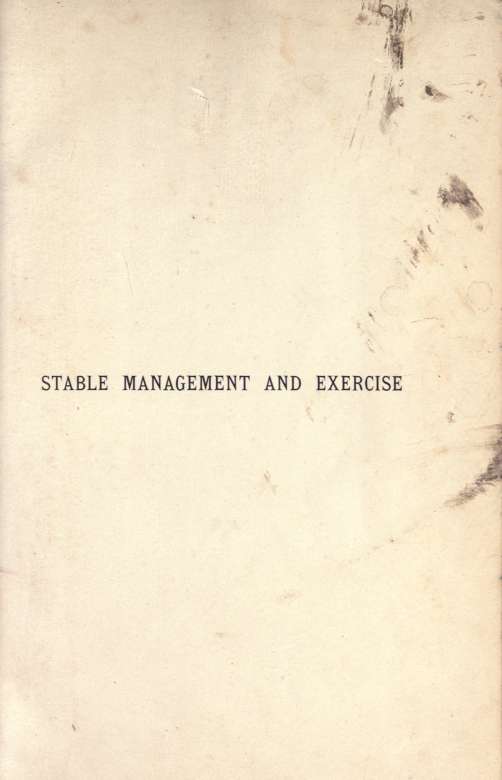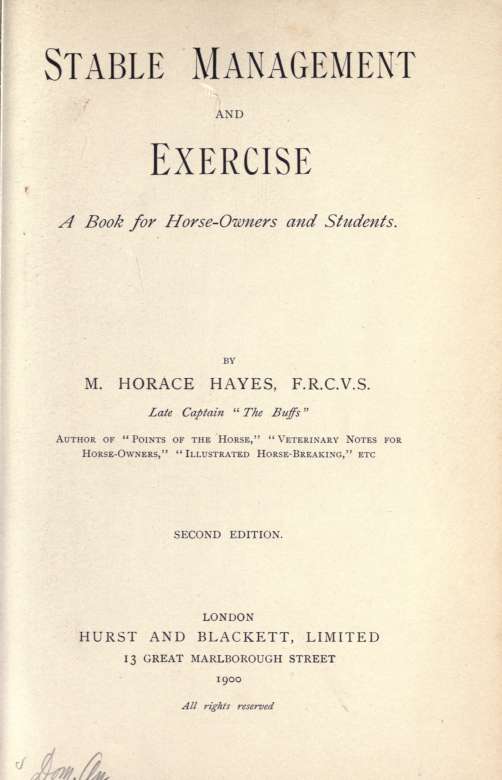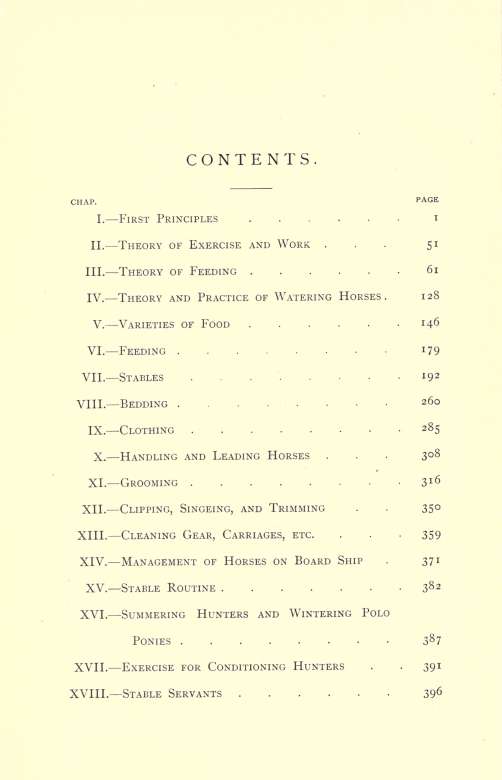This book made available by the Internet Archive.
PRINTED BY KELLY'S DIRECTORIES LIMITED, LONDON AND KINGSTON.

PREFACE.
A QUARTER of a century's experience in writing technical books on horses proves to me that the reading public, which becomes better educated every day, values opinions only when they are supported by valid reasons. Therefore, while giving full prominence to practical details, I have tried to explain their principles in a scientific manner, and have been greatly helped in this endeavour by many eminent authorities whose names I have mentioned in the text of this book. Without their valuable and kindly assistance and advice, it would have been impossible for me to have obtained all, or even the most part, of the information of which I was in search.
I am much obliged to Messrs. Sutton and Sons for the grasses and clovers, of which I have taken photographs; to Messrs. Champion and Wilton and Mr. T. U. Clarke for help about saddlery and harness ; and to Mr. Arthur Richards for notes on the cleaning of carriages and gear, and on stable servants.
A large portion of this work appeared in articles which I wrote for the Live Stock Journal I have had thus the advantage of seeing them in print and rewriting them before putting them into book form.
Yew Tree House, Crick, Rugby, ist July, 1900.
FrontispieceRoad suitable for exercising hunters.
FIG. PAGE
1. Teeth of horse ....... 76
2. Transverse section of skull of horse, immediately in
front of his back teeth 77
3. Transverse section of skull of horse, showing position
of back teeth when the animal is chewing on the left
side of his mouth ...... 78
4. Jaws of horse placed evenly together ... 79
5. Lower jaw moved to the left, as in Fig. 3... 80
6. Wood meadow grass; Italian rye grass; perennial
rye grass ; yellow trefoil facing p. 174
7. Red fescue; meadow fescue; rough stalked meadow
grass facing p. 176
8. Hybrid cow clover; alsike; great bird's foot trefoil 178
9. Bird's foot trefoil; broad red clover; sainfoin 180
10. Sheep's fescue; fine-leaved sheep's fescue; smooth
stalked meadow grass; hard fescue facing p. 182
11. Crested dogstail; meadow foxtail; timothy; suckling
clover; tall fescue ; yellow oat grass facing p. 184
12. Rough cocksfoot; lucerne; sweet-scented vernal 186 13-14. Methods of ventilation ...... 203
I 5l8 205
1 9~ 2 3- - 207
24. Stable with sliding doors ..... 223
25. One door to two loose boxes....225
26. Rack chain ....... 241
27. Water bucket fixed to door of box .... 245
28. Skep or dung basket 253
29. Side elevation of tricycle adapted to corn crusher . 255
30. Ground plan , 257
51. Leading a horse into a stable ...
52. Adjustment of snaffle for leading a horse, when
mounted .......
53. Hand-rubbing the body......324
54- >, 3 2 5
55. Grooming tools ....... 327
56. Brushes ........ 329
57. Half-moon sweat scraper, with india-rubber band . 333
58 to 61. Making a hay pad 335
62. Watling Street Road facing p. 396
STABLE MANAGEMENT.
CHAPTER I. FIRST PRINCIPLES.
State of NatureGregariousnessComposition of the Animal BodyComposition of Plants Consumed by HorsesCirculation of Blood and Respiration Bodily Supply and RemovalReciprocal Action of the Organs of Excretion Energy in Plants and AnimalsThe Animal Body as a MachineDuties of the SkinCauses which affect Epidermal GrowthMaintenance and Regulation of Bodily TemperatureReaction and ChillAbsorption of Fluids by SolidsAbsorption of Gases by SolidsRadiation of HeatProtection against Heat by ColourConduction of HeatProtection by the Coat against Cold and ChillAbility of Horses to bear Extremes of TemperatureInfluence of Damp on Horses in the OpenInfluence of Sunlight on Horses Influence of Altitude on HorsesAcclimatisationStable ImpuritiesSoap.
THE explanation in this Chapter of some of the principles which should guide us in the stable management of horses, will, I trust, save much repetition when discussing later on, the " why and the wherefore " of various practical details.
STATE OF NATURE.
The theory of evolution teaches us that the special organisation of an animal has been produced by the gradual action which surroundings (climate, soil, food, etc.) have had on the animal's ancestors through the course of ages. As health is the ordinary condition of the body, we may conclude that it can be best preserved by the surroundings which have effected the final result, and in which the animal is popularly said to be in his " natural state " of life. We find this to be
true even among varieties of the same species which habitually exist under respective surroundings that are widely different from each other, as we may see among Arctic dogs and those that are natives of tropical climates, neither of which could bear with impunity a mutual change of country. It is evident that an alteration in the natural state of an animal will continue to be more or less detrimental to its health, until the functions of the animal have accommodated themselves to the new surroundings. Although young horses fresh off grass, as a rule, at first feel the bad effects of a change of surroundings, when put into a stable ; they become so well accustomed to their new conditions of life, that after some time an abrupt 'return to the old order of things is not always safe. In our efforts to obtain a maximum of strength or speed, we may succeed to some extent in making special breeds and certain individual horses tolerant, for instance, of food which is much more stimulating than that found by them in their " natural " state. At the same time, experience proves that such apparently tolerant horses are abnormally liable to disease. Therefore, while endeavouring to regulate the stable management of our horses, so as to enable them to meet our civilised requirements, we should keep them in a state as near that of Nature as is practicable. Even among human beings, civilisation is not free from danger to health. The well-intentioned, though extremely ill-advised attempt to make the remnant of Tasmanian natives participate in the supposed 'blessings of wearing clothes, sleeping in beds, eating cooked food, and practising other forms of comparatively modern hygiene, resulted in their speedy destruction.
GREGARIOUSNESS.
Gregariousness (love of association) is largely developed in horses, which consequently as a rule thrive best under conditions of companionship with their fellows. Among semi
COMPOSITION OF THE ANIMAL BODY. 3
wild horses, like those on the Kirgis steppes and Montana ranches, each stallion has his kossiak or "bunch" of brood mares, and the other mares and geldings live in amity together. I have known a horse in the open, failing association with one of his own kind, seek the companionship of a cow, whose side he would rarely quit. Two horses which work as a pair, or which are close stable companions, as for instance when separated only by a swinging-bail, frequently contract for each other a strong friendship, which one or other will often manifest by loss of appetite and restlessness during his partner's absence. It is evident that in a stable, a stallion should be kept rigidly separated from other horses, and especially from mares. I have pointed out in Illustrated Horse-breaking, that horses recognise mankind far more by the voice than by the appearance, and are quick to perceive differences of meaning conveyed by changes of tone. Hence, a stableman who wishes to be companionable to a horse in his charge, should speak to him as occasion may offer, and should use an invariable tone and an invariable form of words for each respective verbal communication.

